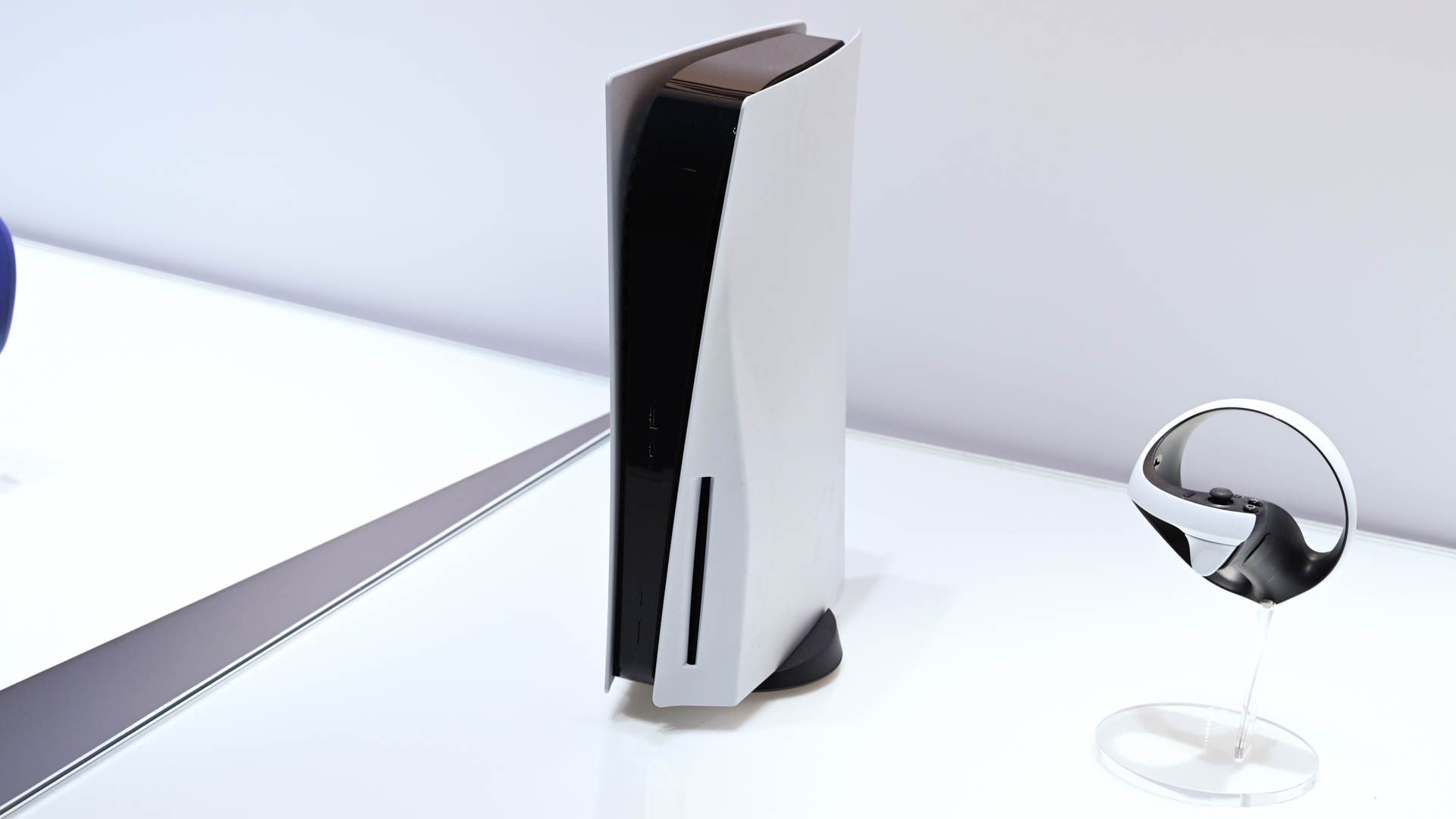
The PlayStation 5 Now Costs $50 More Than It Did at Launch

The PlayStation 5 is getting more expensive. On August 21st, the PS5’s suggested retail pricing will leap to $550—a full $50 increase over the original launch price. Digital and Pro versions of the PS5 will also receive a $50 price hike.
Sony cites a “challenging economic environment” as the reason for this price increase. The PS5 has been on the market for half a decade, so inflation is obviously a component here, but the Trump tariffs that were introduced on August 7th probably pushed Sony over the edge. The United States has a baseline 10% tariff rate on all countries, and most PS5 consoles are manufactured in China, which currently faces a 30% tariff from the United States (though this could change to a 145% rate in November). For what it’s worth, Sony was quite candid leading up to the Liberation Day tariffs earlier this year, stating that it may be forced to “pass the price of tariffs onto consumers” during a meeting with investors.
Other gaming companies, including Nintendo, also raised U.S. prices this month due to nebulous “market conditions.” I should take this moment to point out that Sony increased PS5 pricing in Europe, Australia, and New Zealand a few months ago, presumably in an attempt to redirect tariff-induced price adjustments away from U.S. consumers. The company did something similar when faced with rampant inflation in 2022, as it’s keen to avoid sour pricing in key markets like the United States and Japan.
“Similar to many global businesses, we continue to navigate a challenging economic environment. As a result, we’ve made the difficult decision to increase the recommended retail price for PlayStation 5 consoles in the U.S. starting on August 21.”
The recommended retail price for the PlayStation 5, as well as the PS5 Digital and Pro variants of the console, are as follows:
- PlayStation 5: $550
- PlayStation 5 Digital Edition: $500
- PlayStation 5 Pro: $750
These prices are higher than what you would’ve paid for the PS5 or any of its variants at launch. The PS5 and PS5 Digital Edition sold for a respective $500 and $400 in 2020. And the PS5 Pro, which debuted last year, originally retailed for $700. (The Digital Edition console got a $50 U.S. price hike in 2023, which is why the new MSRP is $100 more than it was five years ago.)
Retailers may attempt to shield American consumers from the full brunt of this price hike. That said, the average net profit margin for consumer electronics is something like 6.7%, and high-volume retailers like Walmart or Amazon tend to aim for an even lower margin in order to keep their prices competitive. It’s almost impossible for these retailers to “eat” the ~10% increase in the PS5’s MSRP, and it’s hard to shift the cost onto other items (such as produce or clothing) when the U.S. has a minimum 10% tariff rate on all global imports.
As for why the PS5 price increase occurred in mid-August instead of mid-April (when President Trump made his Liberation Day announcement), it’s probably a matter of reluctance. Some electronic devices, like webcams or hard drives, can fluctuate in price without receiving too much scrutiny. But big-ticket items like the PS5 tend to keep a very stable price, and most gamers would hope for a price decrease five years after launch. Plus, U.S. tariff policy has been wildly inconsistent, especially in regard to Chinese imports, so Sony had good reason to “wait things out” or explore other options.
Anyways, the PS5 is more expensive than ever before. The PS6 is expected to come out in 2026 or 2027, so Sony is looking down the barrel of what might be a very difficult product launch. Will people buy a $550 PS5 when they know that the PS6 is just around the corner? Will the PS6 cost $700?
Source: Sony








Add comment
You must be logged in to post a comment.